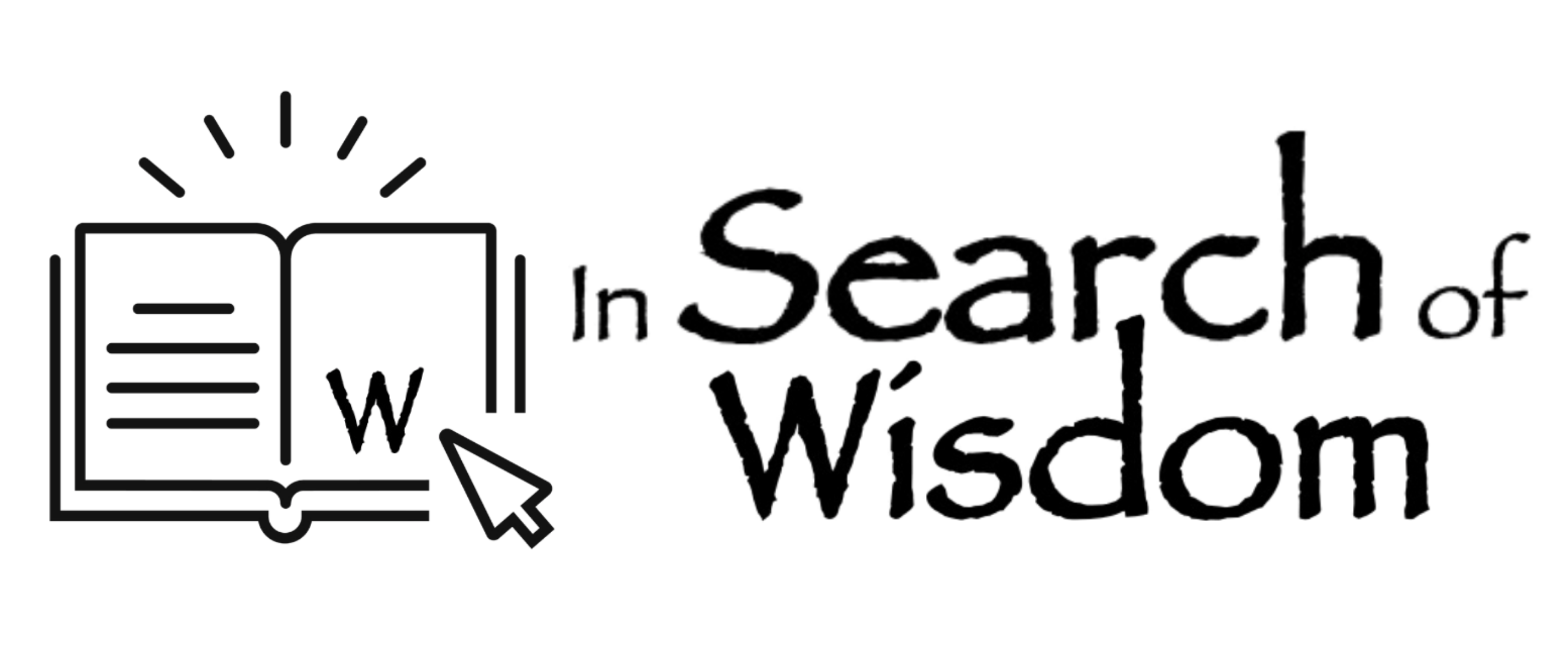Sapiens?
Why homo sapiens needs to raise its game to counter current challenges, and the need for wisdom to do it.
Read More
Select Page
Posted by Dr Terry Cooke-Davies | Sep 23, 2020 | Philosophy |
Why homo sapiens needs to raise its game to counter current challenges, and the need for wisdom to do it.
Read MorePosted by Dr Terry Cooke-Davies | Sep 23, 2020 | Books |
Being human isn’t easy. We might think that consciousness and free will give us control over our lives but our minds are unpredictable places. We are susceptible to forces we don’t understand. We are capable of inflicting immense cruelty on one another and yet we also have the capacity to be tender, to empathise, to feel. In his thought-provoking new book Richard Holloway holds a mirror up to the human condition. By drawing on a colourful and eclectic selection of writings from history, philosophy, science, poetry, theology and literature, Holloway shows us how we can stand up to the seductive power of the monster and draw closer to the fierce challenge of the saint.
Read MorePosted by Dr Terry Cooke-Davies | Sep 20, 2020 | Books |
This major, critically acclaimed work asks a vitally important question for today: when uncertainty is all around us, and the facts are not clear, how can we make good decisions?
We do not know what the future will hold, particularly in the midst of a crisis, but we must make decisions anyway. We regularly crave certainties which cannot exist and invent knowledge we cannot have, forgetting that humans are successful because we have adapted to an environment that we understand only imperfectly. Throughout history we have developed a variety of ways of coping with the radical uncertainty that defines our lives.
Read MorePosted by Dr Terry Cooke-Davies | Sep 20, 2020 | Books |
Human evolution in East Africa was driven by geological forces. Ancient Greece developed democracy because of its mountainous terrain. Voting behaviour in the United States today follows the bed of an ancient sea.
Read MorePosted by Dr Terry Cooke-Davies | Sep 19, 2020 | Books |
‘Language about God is something like the language of poetry… The poetic use of language is not to increase your information about the world. We know facts about the world without having poetry. The use of words in poetry is to evoke in us a certain attitude or way of looking at things or feeling about things. . . If this is the use of religious language, what sort of view of the world is it trying to convey? I think we might say it is trying to convey that the world is an expression of a reality beyond it. . .’
Read More